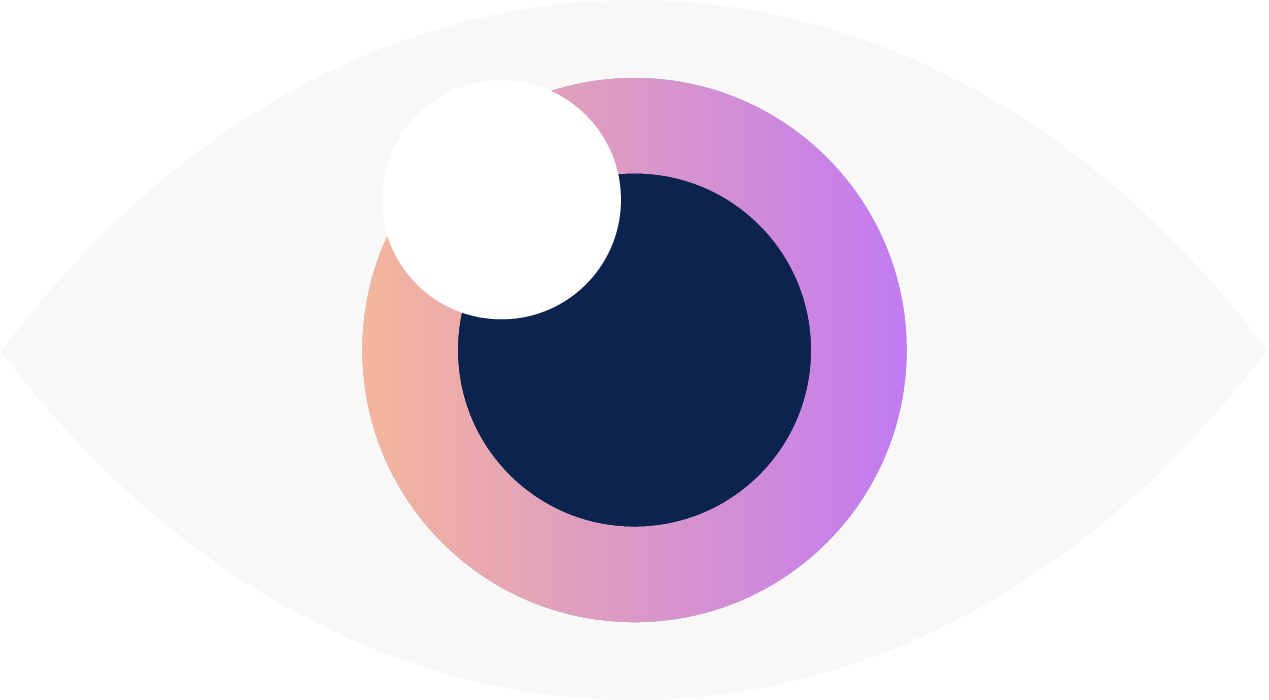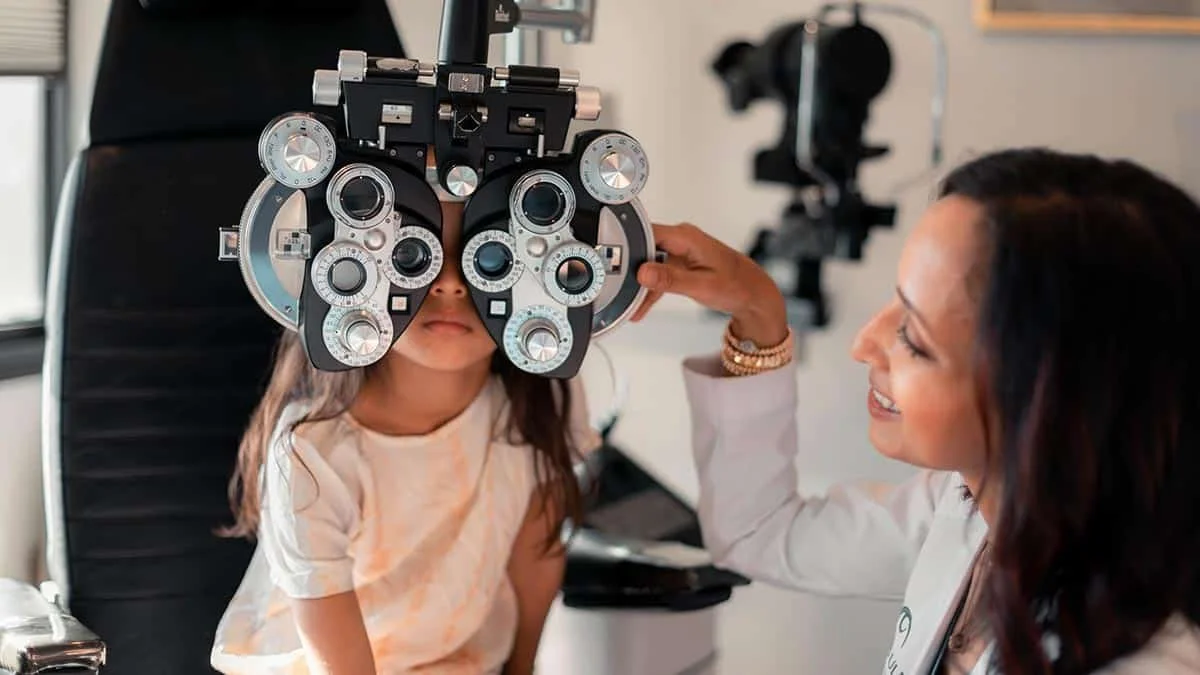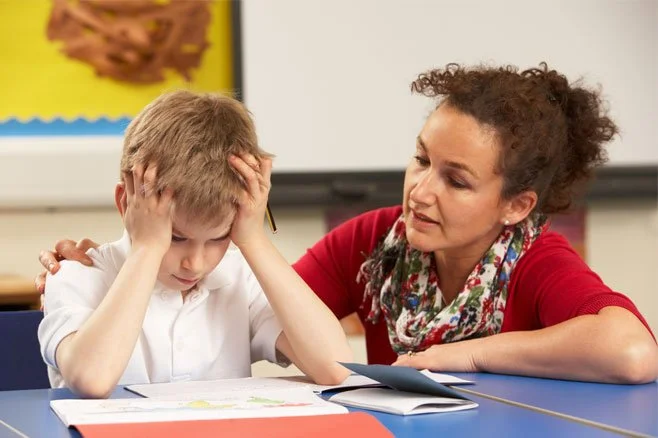Back to School Vision Check: How To Spot Hidden Eye Problems In Kids
Listen On
As a new school year begins, it's time to think about one of the most important factors for your child's academic and social success - their vision health. In a recent episode of the "It's Good to See You" podcast, Dr. Rupa Wong, a board-certified pediatric ophthalmologist and mom of three, emphasized the critical role vision plays in a child's learning.
Dr. Wong shared that 80% of what children learn in school is through visual input. Yet, research shows that one in four children have an undiagnosed vision problem that can interfere with their ability to learn. As Dr. Wong explained, these vision issues can range from common refractive errors to more complex conditions like amblyopia (lazy eye) and strabismus (eye misalignment).
In this blog post, we'll dive into the key indicators of vision problems in school-aged children and why early detection is so important for their academic and social success.
Common Vision Problems in School-Aged Children
According to Dr. Wong, the three main types of vision problems in children are:
Myopia (Nearsightedness): This is the most common vision problem, affecting about 30% of school-aged kids globally. Myopia makes it difficult for children to see objects at a distance, such as the classroom board.
Hyperopia (Farsightedness): While less common, hyperopia can cause strain and lead to amblyopia if the prescription is high enough. Children with hyperopia may have trouble focusing on close-up tasks like reading and homework.
Astigmatism: This condition involves an irregularly shaped cornea, causing blurred vision at all distances. Astigmatism is often overlooked, but it can significantly impact a child's ability to see clearly.
The Importance of Amblyopia (Lazy Eye) Detection
One of the most critical vision issues Dr. Wong discussed is amblyopia, also known as "lazy eye." This condition affects 2-3% of children and occurs when one eye is weaker than the other. If left untreated, amblyopia can lead to permanent vision loss in the weaker eye.
Fortunately, amblyopia can be effectively treated, but early detection is key. Dr. Wong explained that treatments like patching the stronger eye, using dilating drops, or even a virtual reality headset can help strengthen the weaker eye and prevent long-term vision impairment - but only if caught before the age of 13.
Recognizing the Signs: The ABCs of Detecting Eye Disorders
As Dr. Wong emphasized, children often can't verbalize when they're having vision problems. That's why it's crucial for parents to be aware of the signs to watch for:
A - Appearance: Look for signs like crossed or misaligned eyes, cloudy pupils, or differences in pupil size.
B - Behavior: Notice if your child tilts or turns their head, squints, frowns, or loses their place when reading.
C - Child's Complaints: Listen for comments about headaches, words jumping around, double vision, or eye pain.
The Role of Teachers in Early Detection
Dr. Wong highlighted the important role teachers play in spotting vision problems early on. As she explained, teachers often notice signs of vision issues in the classroom that parents may miss at home. Open communication between parents and teachers can help ensure any concerns are addressed promptly.
The Impact of Undetected Vision Problems
The research is clear: children with untreated vision problems are three times more likely to fail a grade compared to their peers with normal vision. This underscores the critical importance of early detection and intervention when it comes to your child's vision health.
By being aware of the common vision problems, the signs to watch for, and the role of teachers, you can help ensure your child's vision is not holding them back from academic and social success. If you have any concerns, don't hesitate to schedule an eye exam with a pediatric ophthalmologist like Dr. Wong.
Your child's vision is too important to overlook. Take action today to protect their future.
Connect with Me:
Follow me on Instagram
- Have a question about this episode or a future topic? Reach out to me at hello@drrupawong.com
Don’t forget to subscribe to It’s Good to See You wherever you listen, and if you found this episode helpful, please leave a review to help more parents discover this show!






